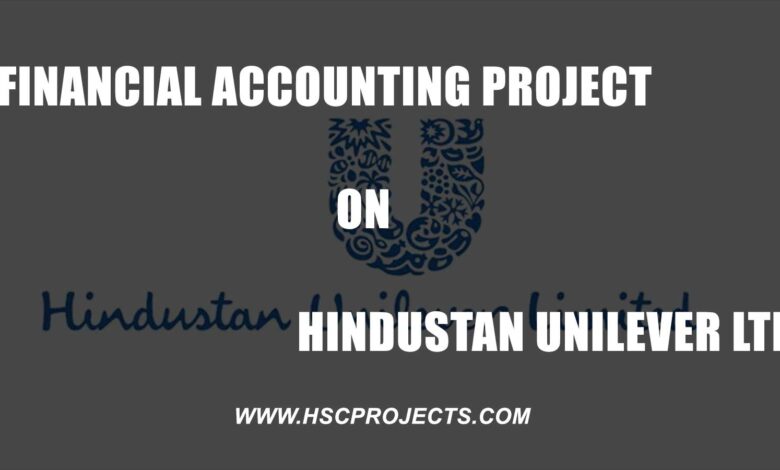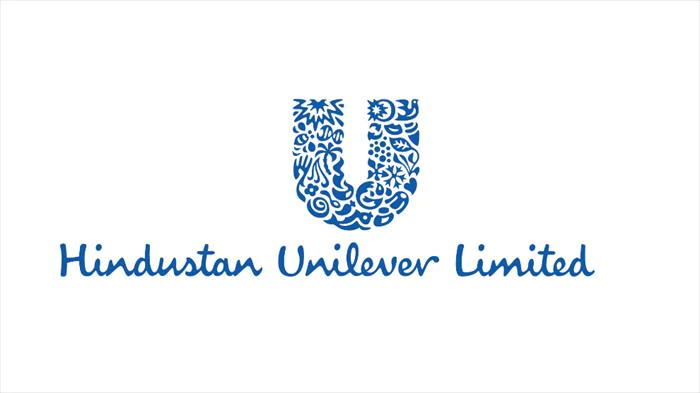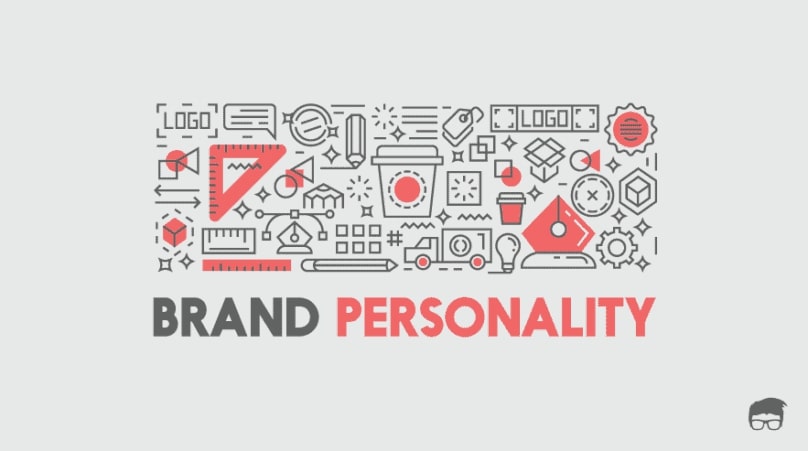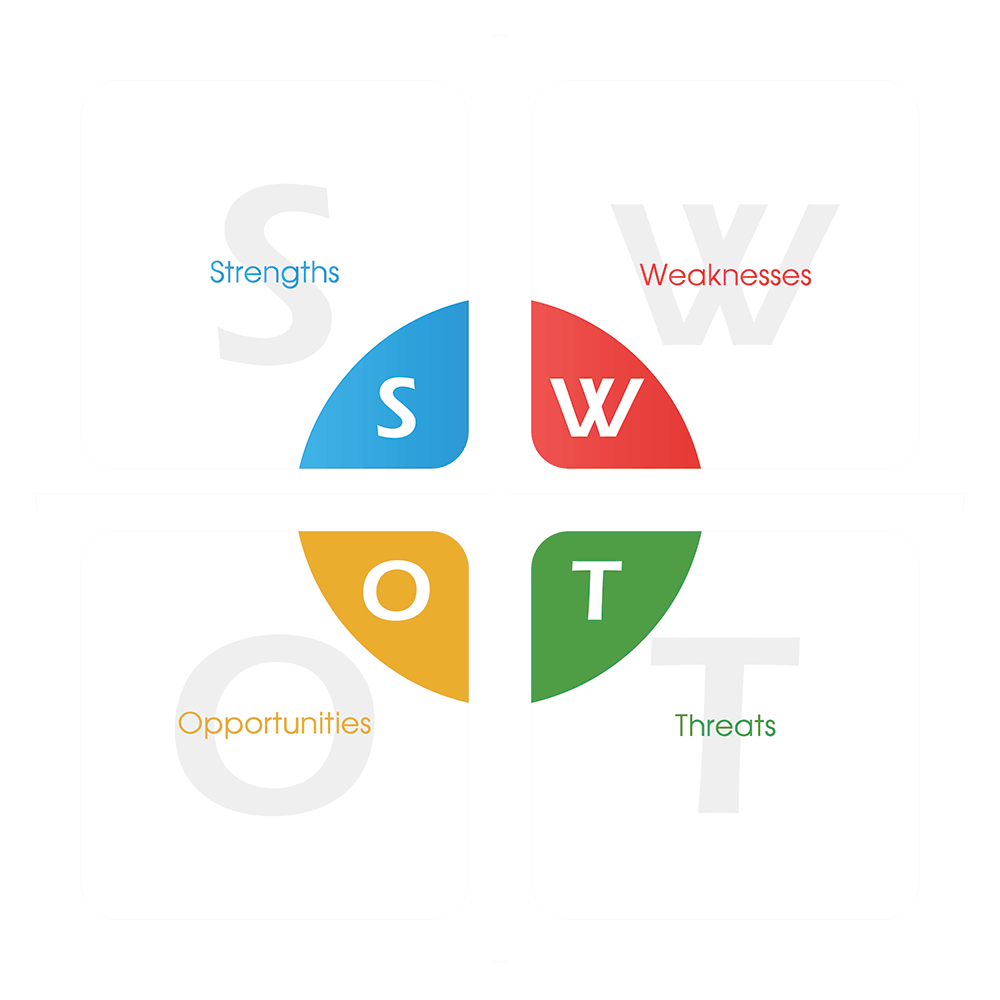
Financial Accounting Project On Hindustan Unilever LTD
BRAND HISTORY:
The dove brand, founded by lever Brothers, began in 1957, when the brand first began, the cold beauty soap bars. They have since expanded to produce a wide range of personal care products including “body wash” deodorants, body lotions, facial cleansers, and shampoos and conditioners.
Currently, Dove’s commitment to delivering real results has minored in advertisements. For over 40 years, been using real women in ads, but the brand has not always marketed itself in this way!

BRAND OVERVIEW:
The Dove brand of personal care products currently includes everything from shampoos to deodorants to facial washes. For this assignment, I will focus on advertisements for the Dove Beauty Bar, the original product of Dove which has been around since 1957. The brand was a strong focus on “purity, moisture, cleanliness, natural beauty, the touchable skin”. The brand promises softness and improvement of the skin and advertises confidence as the consumer benefit.
BRAND INDUSTRY:
Feature:
- Moisturizing Bar, not a soap
Attributes:
- Exfoliate, Uncoiled
- Different colours – white, Pink
Benefits:
- Milder effect on the skin
- Reliable for daily use
Performance:
- High level of satisfaction for users with dry skin

BRAND PERSONALITY:
Felinity & Mildness:
- the name of the brand, the logo, and even the tagline of the products, everything about it is simple and feminine.
Self-acceptance & confidence:
- Highlights the commitments to breaking down stereotypes and enabling women to celebrate real inner beauty at every age.
CONNECTION WITH CUSTOMERS:
- It is not soap. It’s a beauty bar. This differentiated it from normal soaps. Through its ad campaign, it made its users feel pampered.
- Through Dove’s real campaign, it was able to connect with women on an unparalleled scale.
The brand fits in Company Scheme:
- Unilever has several brands under it. Dove brand is a category master, as Unilever calls it.
- Unilever doesn’t spend a lot of time promoting its corporate brand market. The brands under it have different target markets, and this diversification, or segmentation, is the bedrock of marketing.
Thus, the dove can focus on its target market.

SWOT ANALYSIS:
Strengths:
- Unconventional strategy
- Effective advertising, free publicity
- Continuously evolving the campaign
- Strong emotional touch
- Cross-selling possibilities
Weaknesses:
- Contradictory in nature
- Objectification of women.
Opportunities:
- Target male consumers
- Maintain a better standard of quality
- Unified advertising
- Continuous innovation
Threats:
- Risk of being a brand for “fat girls” or “old ladies”.
- Copy by the competitors
- Undermining the aspiration of consumers.
BALANCE SHEET OF DOVE:
BALANCE SHEET
Statement of Profit and Loss
STATEMENT OF PROFIT AND LOSS ACCOUNT
FOR THE YEAR ENDED 11TH MARCH 2014
Cash Flow Statement
STATEMENT OF CASH FLOW [according to AS-3] INDIRECT METHOD
FOR THE YEAR ENDED 11TH MARCH 2014
RATIO ANALYSIS:
Liquidity Ratio:
Current Ratio = Current Assets/Current Liabilities
In 2014:
Current Ratio = 1969.85/113668 = 0.38
In 2013:
Current Ratio = 1852.56/1158.54 = 1.59:1
Solvency Ratio:
Debt Equity Ratio = Debt/Equity
In 2014:
Debt Equity Ratio = 82.78/1902.34 = 0.043:1
In 2013:
Debt Equity Ratio = 74.3/1565.61 = 0.047.1
Profitability Ratio:
Net Profit Ratio = Net Profit Before Tax/Net Revenue From OperationsX 100
In 2014:
Net Profit Ratio = 861.33/4856.80X 100 = 17.73%
In 2013:
Net Profit Ratio = 749.67/4334.18X 100 = 17.29%
Turnover Ratio:
Working Capital Turnover Ratio = Net Revenue From Operations/Working Capital
In 2014:
Working Capital Turnover Ratio = 4856.8/83317 = 5.83 Times
In 2013:
Working Capital Turnover Ratio = 4334.18/694.02 = 6.24 Times
CONCLUSION:
The Current Ratio for 2014 is 1.73 whereas for 2013 it is 1.59. The Current Ratio for both years is less than the ideal ratio. The company should maintain it to the level of 2:1 to have a good liquidity position. The debt-equity ratio for 2014 is 0.043:1 and for 2013 it is 0.047:1. The company can borrow more as a source of funds. The Net Profit Ratio is 17.73% for 2014 and 17.29 % for 2013.
An increase in the ratio shows operational efficiencies.
BIBLIOGRAPHY:
- http://www.slideshare.net/mobile intestate/dove -.net/brand-analysis
- dove.com
- http://www.google.co.in/search?q= done to information &ie=UTF-8&oe=UTF-8&hten-in & client safari.
CERTIFICATE:
This is to certify that class —of—-school, has completed his project under my school supervision. He has taken proper care and shown the utmost sincerity in the completion of this project. I certify that this project is up to my expectations and as per the guidelines issued by CBSE.
ACKNOWLEDGEMENT:
We would like to express my special thanks of gratitude to my teacher as well as our principal who gave us the golden opportunity to do this financial accounting project, which also helped us in doing a lot of research and we came to know about many new things.
Secondly, we would like to thank our parents who helped us a lot in finalizing the project in a limited time frame.
In order to download the PDF, You must follow on Youtube. Once done, Click on Submit
Follow On YoutubeSubscribed? Click on Confirm
Download Financial Accounting Project On Hindustan Unilever LTD PDF






